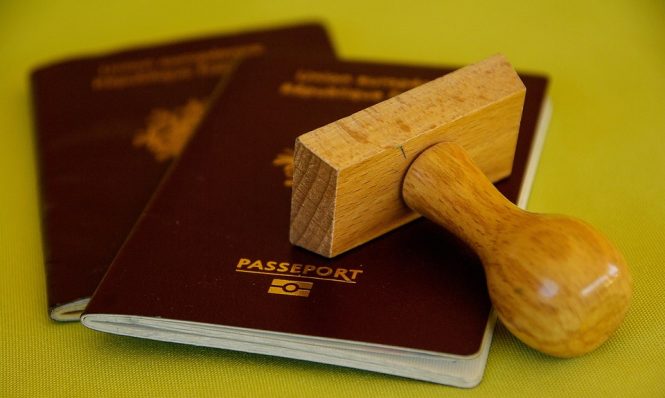
From Concept to Completion: A Guide to Creating Unique Custom Cabinets
When it comes to renovating or designing a new space, custom cabinets can be a game-changer. Not only do they provide ample storage and functionality, but they can also add a touch of personality and style to any room. However, creating unique custom cabinets can be a daunting task, especially for those who are new to the process. In this article, we will take you through the step-by-step guide to creating custom cabinets, from concept to completion.
Step 1: Conceptualization
The first step in creating custom cabinets is to conceptualize your design. This involves thinking about the style, functionality, and overall aesthetic you want to achieve in your space. Consider the following factors:
- What is the purpose of the cabinets? (e.g., kitchen, bathroom, home office)
- What is the style of the room? (e.g., modern, traditional, rustic)
- What are your storage needs? (e.g., drawer space, shelf space, cabinet size)
- What is your budget?
Take your time to research and gather inspiration from various sources, such as design magazines, websites, and social media platforms. Create a mood board or a scrapbook to visualize your ideas and get a sense of the overall look and feel you want to achieve.
Step 2: Measurement and Planning
Once you have a clear idea of what you want, it’s time to take measurements and create a plan. Measure the space where the cabinets will be installed, taking into account any obstacles, such as plumbing or electrical fixtures. Consider the following:
- The size and shape of the space
- The location of doors, windows, and any other features
- The type of material and finish you want to use
- The hardware and accessories you want to include (e.g., knobs, handles, soft-close drawers)
Create a detailed plan, including a sketch or drawing of the cabinet design, and a list of the materials and hardware you’ll need. This will help you visualize the project and ensure that everything fits together seamlessly.
Step 3: Material Selection
The next step is to select the materials for your custom cabinets. This includes the type of wood, finish, and hardware you want to use. Consider the following:
- The durability and maintenance requirements of the material
- The color and grain pattern of the wood
- The style and finish of the hardware (e.g., modern, traditional, rustic)
- The budget and cost-effectiveness of the material
Some popular materials for custom cabinets include:
- Solid hardwoods (e.g., oak, maple, cherry)
- Engineered wood (e.g., plywood, MDF)
- Laminate and veneer
- Metal and glass
Step 4: Design and Prototyping
With your materials selected, it’s time to create a design and prototype for your custom cabinets. This involves creating a detailed drawing or computer-aided design (CAD) model of the cabinet design, including the layout, dimensions, and features.
Consider the following:
- The style and aesthetic of the design
- The functionality and usability of the design
- The materials and hardware used in the design
- The budget and cost-effectiveness of the design
Create a prototype or mockup of the design to test and refine the concept. This can be a physical model or a digital representation, depending on your resources and preferences.
Step 5: Construction and Installation
The final step is to construct and install your custom cabinets. This involves:
- Building the cabinets according to your design and plan
- Installing the cabinets in the designated space
- Adding the hardware and accessories (e.g., knobs, handles, soft-close drawers)
- Finishing the cabinets with a coat of paint, stain, or sealant
Consider hiring a professional contractor or cabinetmaker to construct and install your custom cabinets, especially if you’re not experienced in carpentry or construction.
Tips and Considerations
Throughout the process, keep the following tips and considerations in mind:
- Communicate clearly with your designer, contractor, or cabinetmaker to ensure that your vision is realized.
- Be flexible and open to changes and adjustments as the project progresses.
- Consider the sustainability and eco-friendliness of your materials and design.
- Think about the long-term durability and maintenance requirements of your custom cabinets.
- Don’t be afraid to add unique features and details to make your custom cabinets truly one-of-a-kind.
Conclusion
Creating unique custom cabinets is a complex process that requires careful planning, design, and execution. By following the steps outlined in this article, you can create custom cabinets that not only meet your functional needs but also reflect your personal style and aesthetic. Remember to communicate clearly, be flexible, and consider the long-term durability and maintenance requirements of your custom cabinets. With patience, creativity, and attention to detail, you can create custom cabinets that will enhance the beauty and functionality of your space for years to come.